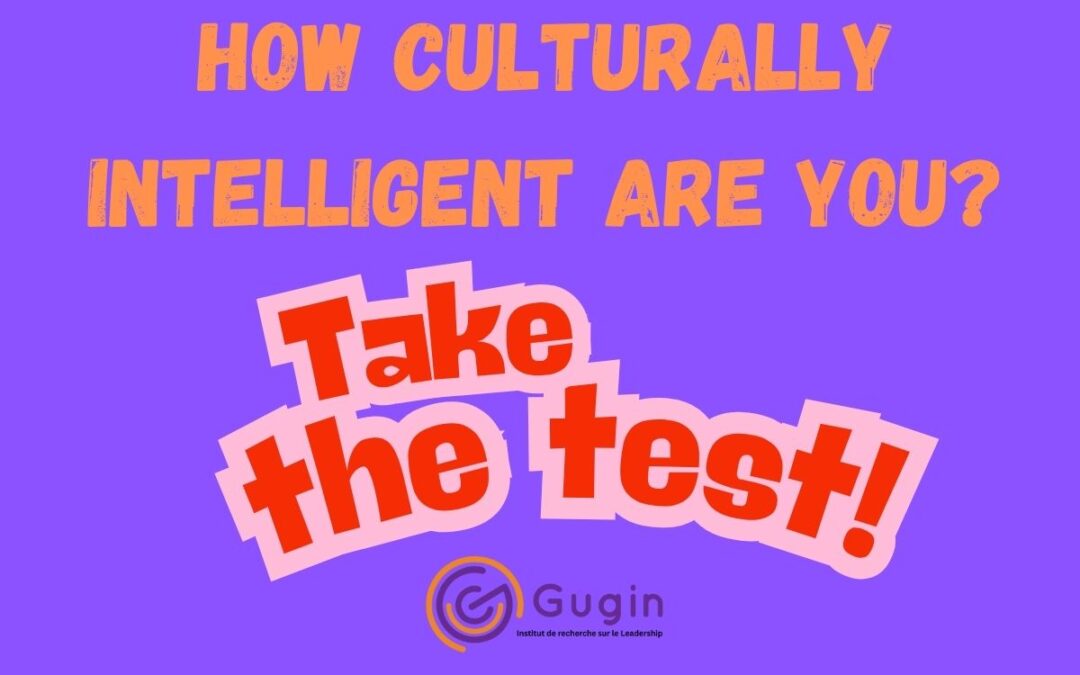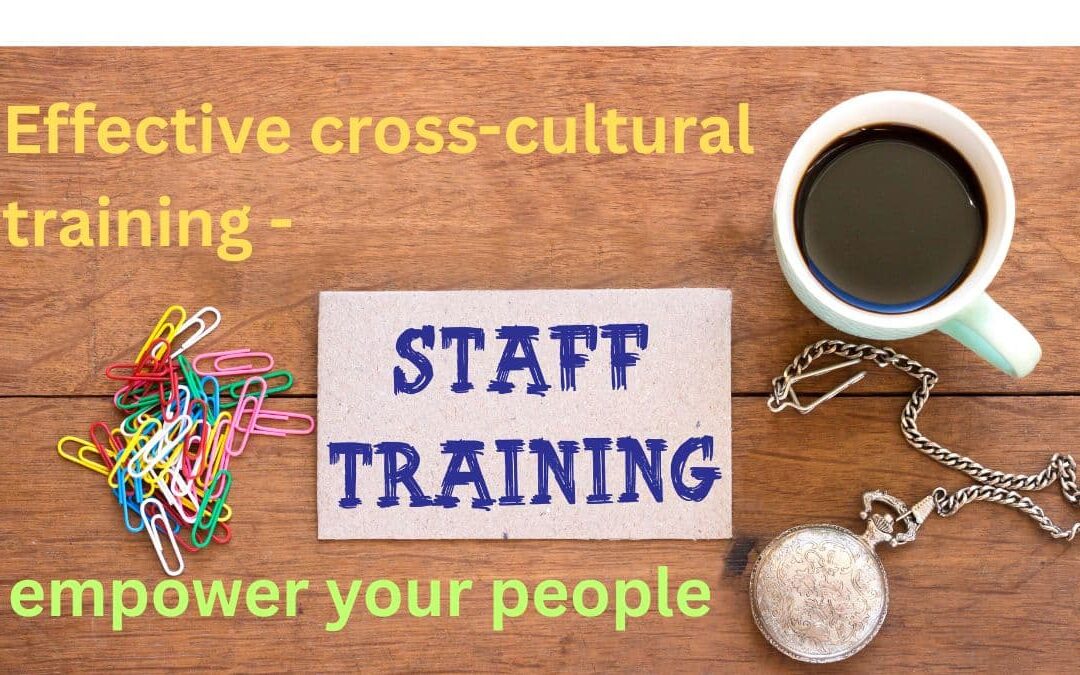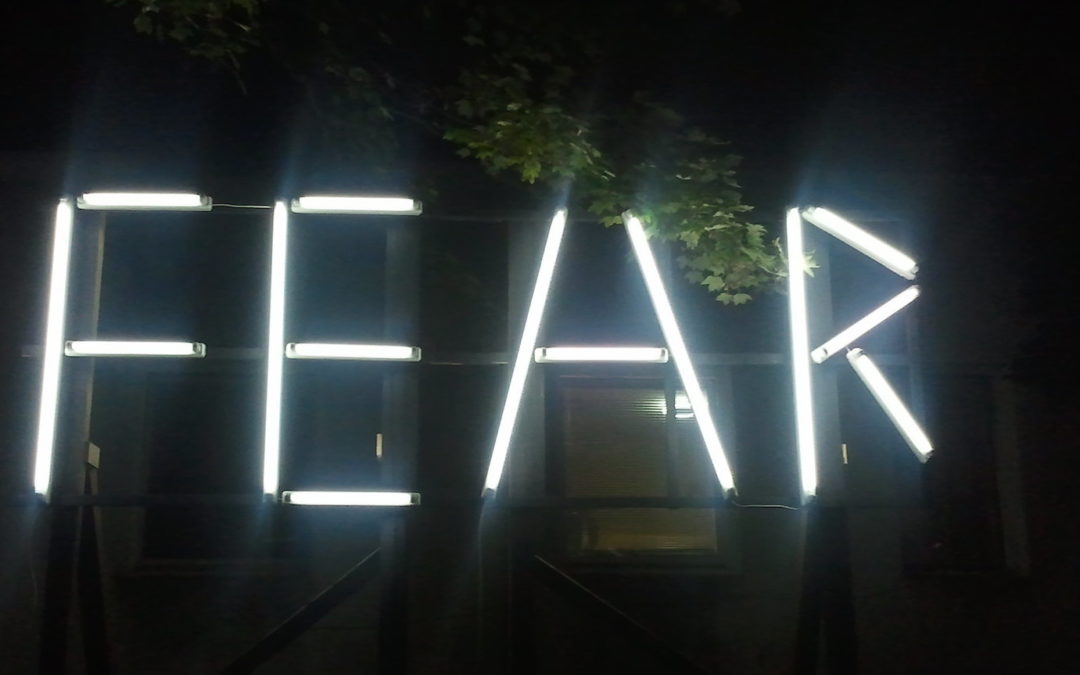
You can’t make a dog happy by wagging its tail
Creating a Happy Workplace: Why Do We Keep Getting It Wrong?
This post is about happy employees and the broader topic of employee satisfaction—why it’s so difficult to achieve and why so many organisations continue to take the wrong approach. My motivation for writing this stems from conversations with several clients who are perplexed by high employee turnover, despite offering competitive salaries and generous benefits packages.
Just last week, we met with a client in the pharmaceutical industry who was deeply frustrated by the situation within his company. Financially, the company is in excellent shape, and their success depends on attracting and retaining highly skilled, specialised professionals. For this reason, employee satisfaction has always been high on their agenda since the company’s foundation in the late 1970s. They had grown steadily, with only one acquisition, and had declined all takeover offers in order to preserve their distinctive company culture.
Until five years ago, things were running smoothly. They had been quite successful in attracting and keeping the right talent—even as a modestly sized business with no aggressive growth plans.
Strategic Change Undermined a Happy Culture
Everything changed when the family-owned company sold a majority stake to a private investment firm. None of the four potential heirs wished to continue the legacy, which isn’t uncommon. We’ve worked with many family-run businesses navigating ownership transitions. Most opt to create a foundation or trust. This company, however, chose a different route entirely.
Under the previous ownership, the business was driven by a long-term outlook. The hierarchy of priorities placed customers first, then employees, and finally profits. Naturally, there were fluctuations over the years, but the business remained consistently profitable, with most earnings reinvested into the company.
Their innovative strength stemmed from a philosophy that everyone contributed to idea generation. It was a collective effort, embraced by all staff. Yes, mistakes were made along the way, but that’s the cost of staying ahead of the curve and remaining close to customers.
This inclusive, long-term approach fostered a resilient, happy corporate culture. Employees felt trusted, valued, and well-informed. Some even described feeling like part of the family. That kind of happy work environment cannot be manufactured—it must evolve organically from trust and shared values.
But that sentiment vanished almost overnight.
When the new owners unveiled their strategy and organisational restructuring, the shift was abrupt and jarring. The business moved from a culture of trust and collaboration to one dominated by control and internal competition.
What surprised me most was that the newly appointed CEO—who had invited us in to assist—seemed utterly unaware of where it had all gone wrong. Highly credentialled in finance, she had little understanding of human motivation, let alone what makes employees happy or drives them away.
At her first company-wide meeting, attended by 350 employees, she introduced a new strategy centred on performance metrics and short-term financial goals. The longstanding focus on customer satisfaction was abandoned. Instead, the company adopted individualised targets and a cut-throat atmosphere. As she put it during her presentation: “We only have room for the best.”
After interviewing several staff members and middle managers—and watching the recording of that initial meeting—I asked her a simple question:
“Do you really think you can make a dog happy by wagging its tail?”
She didn’t understand at first, so I explained. Then she shared the real reason they had acquired the company: to streamline operations and sell it again within two to three years. While this may be a valid investment strategy, it’s naive to think one can apply it wholesale to a family-run business that has spent decades building a strong, sustainable, and happy internal culture.
Unsurprisingly, many key employees have since left. Some have even founded a start-up that may soon attract a significant portion of their former colleagues. The company is now caught in a downward spiral.
After our initial assessment, the CEO asked if we would support them in executing a turnaround.
I politely declined. As Sun Tzu wisely said: “Never go into battle unless you know you can win.” Had the CEO demonstrated greater openness and flexibility, we might have considered taking on the challenge.
But without understanding what truly makes people happy at work, there is little hope for lasting recovery.

Dr Finn Majlergaard
CEO Gugin, Professor, Keynote Speaker, Author
- We align your corporate culture with your strategy.
- We take you safely through major changes in your organisation.
- We develop the crucial cultural intelligence in your organisation by training your employees and leaders
- We help you develop a competitive advantage with a unique corporate culture
Gugin has helped more than 600 companies around the world creating a winning corporate culture.

Take the test – How culturally intelligent are you really?
How culturally intelligent are you? Take this simple test and get and idea. It is one of many small tests Gugin uses in its leadership training
Cross-Cultural Training – crucial for your company’s success
Cross-cultural training boosts your success by enhancing communication, reducing conflict, and building culturally agile teams. Here is why Gugin leads the way.

EU Defence Collaboration Depends on Cultural Intelligence
Emotional and cultural intelligence are key to successful EU defence collaboration, enabling trust, cohesion, and innovation across borders.

Effective cross-cultural training – empower your people
Unlock your organisation’s potential with cross-cultural training that builds understanding, boosts collaboration, and drives inclusive, high-performing teams.

Fear as a Management tool? – Take the Survey
How often do you use fear to motivate? In the Gugin, we are about to start researching on how, when and why we as managers use fear as a management tool
